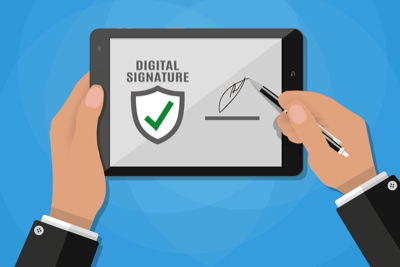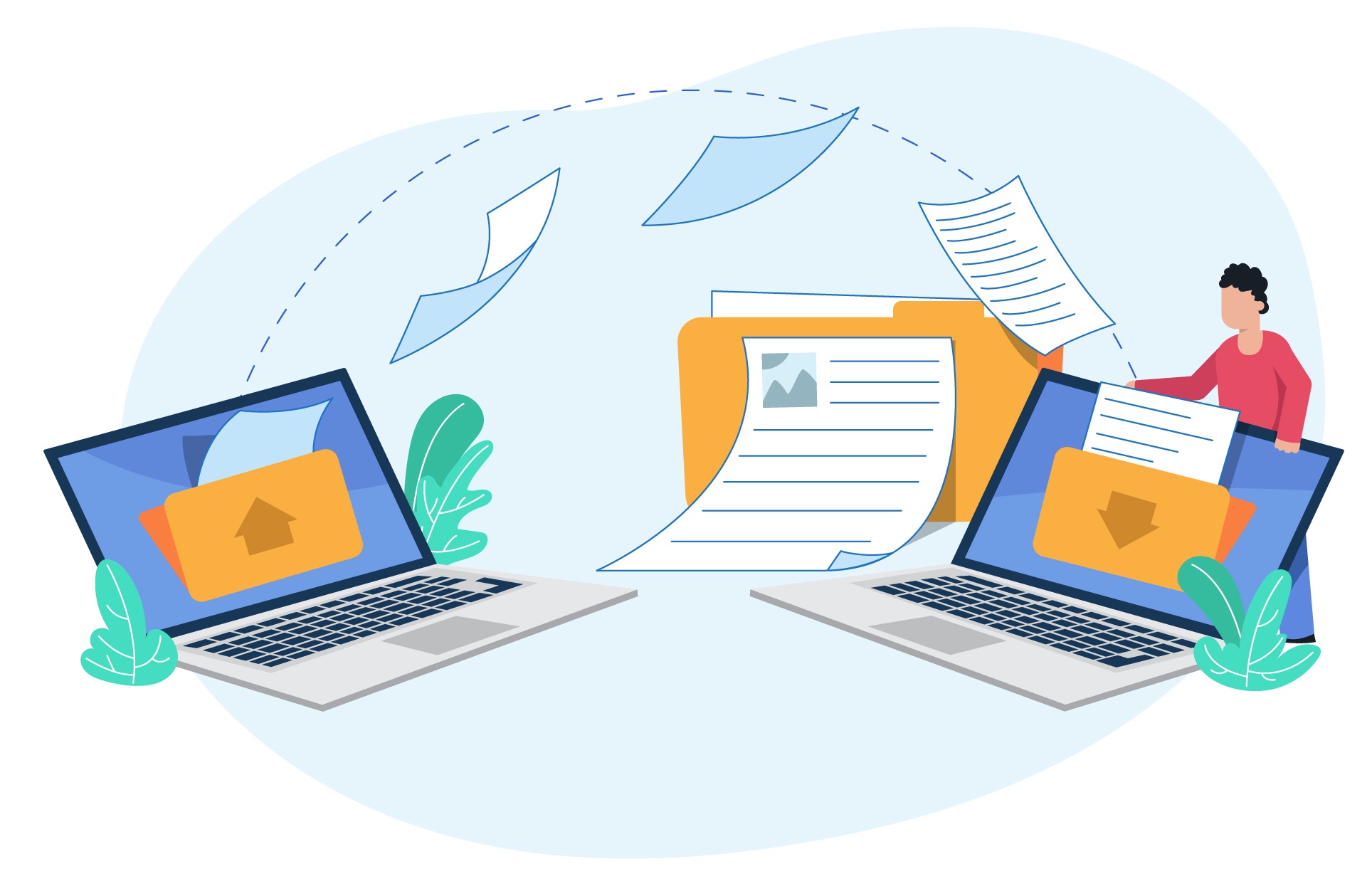Once you have carefully selected software for Digital Transaction Management, following it up with a thought-through implementation plan is key. While you might have already made sure the software fits with your organization, only when you implement it properly will you be able to get maximum value out of your new system. Statistics show that over 80 percent of all implementations are unsuccessful, poorly executed or canceled before completion. Hereby a 5-step approach to implement Digital Transaction Management software.
1) Know what your company needs
The first step is making an assessment of what your company needs. Engage with all parts of your company, e.g. security officers, IT, businesses and develop a plan. Are you going to use the solution globally? Make sure it offers multiple language support. Do your colleagues need to use it on their mobile devices? Then check whether a solution is offering a mobile app. How about workflows? Security? Compliancy with local regulations? The list goes on and on. Make sure to find out what everyone needs.
2) Control your scope
The next step is prioritizing. You should never try to set up every feature at once. A great number of companies have walked into this trap during implementation: trying to do too much at the same time and ultimately failing to do anything thoroughly. In order to stay true to your needs, decide which parts of the Digital Transaction Management are key for your company.
Did you select it for content and document management, for co-browsing between customers and your business, or for its eIDAS qualified e-signing purposes? No matter the reason, focus on that feature first – there is enough time to profit from other functionality and the benefits they bring once you have a solid basis.
3) Make adjustments to new and existing software and processes
Next, you can continue further adjusting the software to your needs. Your new DTM software will most likely be used alongside and in conjunction with other software. To make sure a solution matches your operations, you should get feedback from the people using the software on a daily basis. And make sure this is a two-way street: as explained in an earlier post, you processes cannot be transferred as-is, because most were conceived in earlier days and use legacy software.
4) Plan ahead
Switching to new software is never easy or without any problems. In order to cause as little disturbance as possible, you should always plan the go-live during slower times, like the summer or other Holiday-periods. However, in some industries, finding the right moment for an implementation can be hard. Therefore, these companies should always make sure to plan ahead, inform employees about the imminent changes and provide them with solutions or at least with an escalation path, should they run into any problems as a result of the implementation.
5) Keep continuously improving
An implementation is never done: there are always things to improve upon, new processes to rollout. So: keep collecting feedback from your employees, stay in close contact with your supplier. Make sure to broker a deal for support after the initial implementation has been finished. This allows you to keep continuously improving your system and processes, and truly profit from all the benefits Digital Transaction Management brings.










